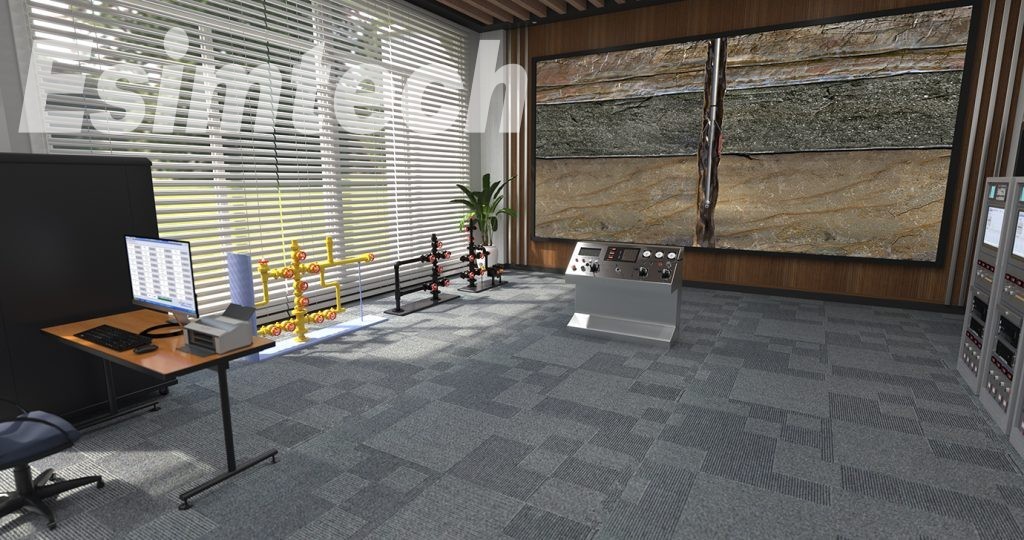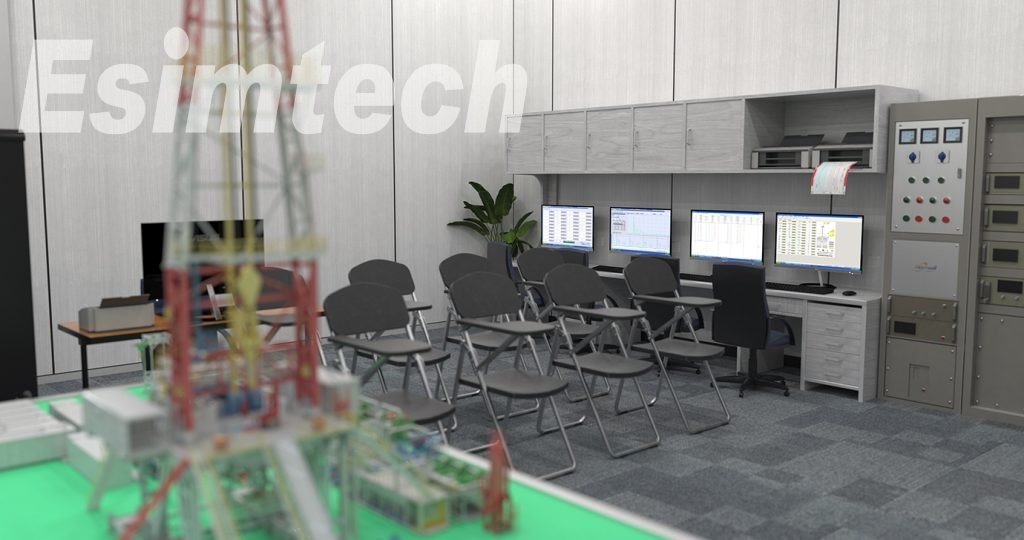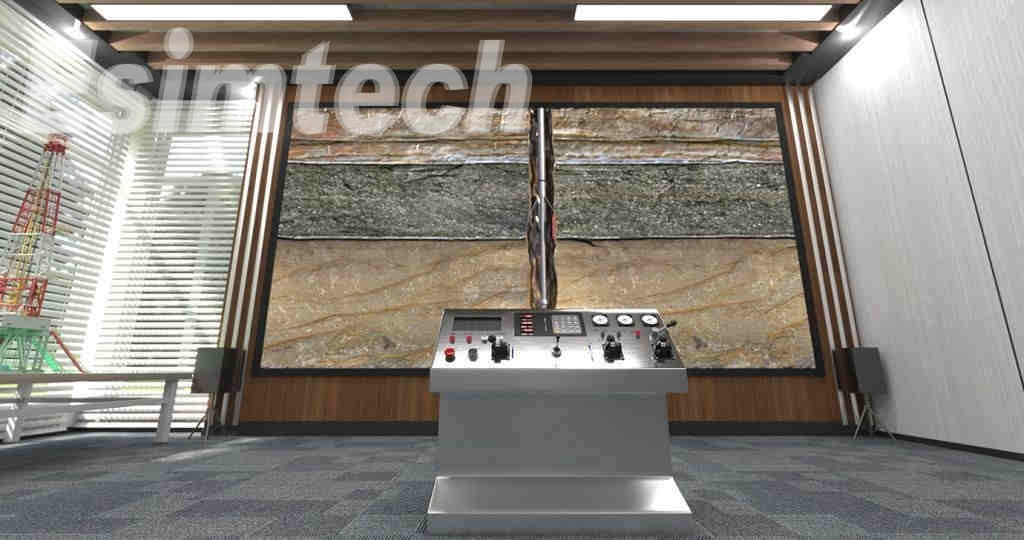Esimetch has the ultimate well logging simulator, a state-of-the-art technology that revolutionizes the oil and gas industry. Our well-logging simulator is designed with customized software and hardware, precision mathematical and physical models, and timely and considerate after-sale service. Our well logging software and hardware allow for seamless integration with existing systems and equipment. This ensures that data can be quickly and accurately collected, analyzed, and interpreted, making it easy for operators to make informed decisions about their operations. The precision mathematical and physical models that our well-logging simulator employs are unparalleled in their accuracy and reliability. Esimetch is a leading well-logging simulator manufacturer and supplier that has a team of experts, we spent years perfecting these models, ensuring that they provide the most accurate and reliable data possible.
What Is Well Logging Simulator?
A well-logging simulator system is a computer software tool used in the oil and gas industry to simulate the behavior of electromagnetic waves as they propagate through geological formations surrounding a borehole. During the drilling process, a tool called a “logging tool” is lowered into the borehole to collect data about the rock formations and fluids surrounding the well. This data is used to create an image of the subsurface and identify potential reservoirs of hydrocarbons. Esimetch provides 3 types of oil and gas well-logging simulators, ESIM-FWL2 Production Well Logging Simulator, ESIM-FWL3 Open Hole Well Logging Simulator, as well as ESIM-FLS2 Compound Simulator. Some of the key features of our Well Logging Simulator system include
- High-quality data acquisition
- Customized software and hardware
- Precise mathematical and physical models
- Real-time data analysis
How Does Well Logging Simulator Works?
Well-logging simulators work by simulating the behavior of electromagnetic waves as they propagate through the subsurface geological formations surrounding a borehole. The simulator takes into account the properties of the formation, the specifications of the logging tool, and the trajectory of the logging tool through the wellbore. Here are the steps involved in a typical well-logging simulation process:
Formation Model: The first step in the simulation process is to create a model of the subsurface formation around the wellbore. This model includes information about the formation conductivity, dielectric properties, and other relevant parameters. The formation model can be based on good logs, seismic data, or other geological information.
Logging Tool Specifications: The next step is to specify the logging tool parameters, including the frequency, waveform, and other design details. These parameters will affect the behavior of the electromagnetic waves as they propagate through the formation.
Wave Propagation: The simulator then calculates the propagation of the electromagnetic waves through the formation. This involves solving complex mathematical equations that describe the interaction between the waves and the formation.
Signal Response: The simulator calculates the response of the logging tool to the electromagnetic waves that have passed through the formation. This response is affected by the tool specifications and the formation properties.
Log Simulation: The final step is to generate a simulated well log based on the output of the simulation. The log represents the data that would be obtained if the logging tool were run through the actual well. The simulated log can be used to test and validate logging tool designs, develop new interpretation algorithms, and evaluate the sensitivity of logging measurements to various parameters.
Why Buy Well Logging Simulator From Us?
Well-logging simulators are powerful tools that provide significant advantages to the oil and gas industry, enabling exploration and production companies to optimize their operations, reduce risk and costs, and maximize the value of their hydrocarbon resources. Here advantages if you want to buy well-logging simulators from us.
- Improved Data Quality: Well logging simulators enable exploration and production companies to improve the quality and accuracy of well log data. By simulating the logging process, engineers can test and validate logging tool designs and develop new interpretation algorithms, leading to more accurate data acquisition and analysis.
- Reduced Risk and Costs: Well logging simulators allow companies to reduce risk and costs by identifying potential problems before drilling, testing, or production begins. By simulating various logging scenarios, engineers can optimize the logging process, reduce the need for additional logging runs, and minimize the risk of expensive errors or drilling accidents.
- Enhanced Reservoir Characterization: Well-logging simulators provide engineers with a better understanding of the subsurface formation surrounding the wellbore. By simulating the behavior of electromagnetic waves through the formation, engineers can identify potential reservoirs of hydrocarbons, estimate their properties and improve reservoir characterization.
- Increased Efficiency: Well-logging simulators increase the efficiency of the logging process by allowing engineers to test and optimize logging tool designs before they are used in the field. This can save time, reduce costs, and improve the accuracy of the logging data.
- Better Production Optimization: By providing more accurate and detailed well-log data, well-logging simulators can help companies optimize production rates, identify new drilling opportunities, and maximize the economic value of their hydrocarbon resources.





